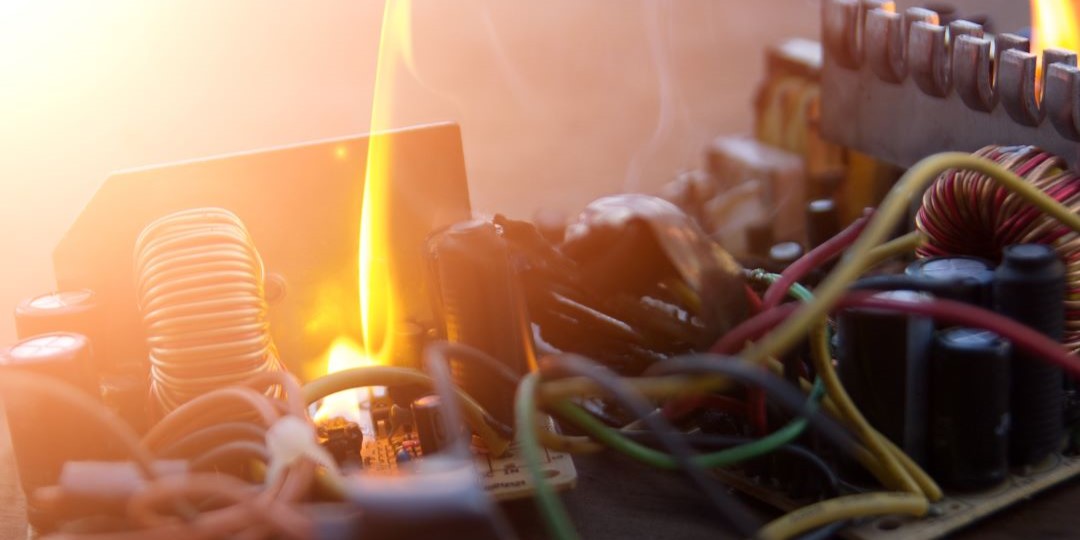Failed Tubing and Clamping Assemblies Can Lead to Forced Outages…or Worse
by Dave Righthouse – Senior Project Engineer, Plant Operations
A recent spate of tubing clamp and grommet failures have made the industry news. While they don’t sound very menacing, they can cause injury, equipment damage, fires and forced outages. Maintenance literature for these minor but essential components seems scarce, and they don’t typically get inspected on a proactive basis, often resulting in surprised, required responses. Performing unscheduled and unplanned maintenance further elevates the risk of errors and mishaps.
Recently, a NAES-operated plant experienced a forced outage caused by a hydraulic tubing leak. Fortunately, the staff spotted and contained it before significant damage could occur. The power industry has recorded numerous incidents at other facilities that weren’t so fortunate. A hydraulic or lube oil leak near a hot turbine case can ignite and develop quickly into a conflagration, resulting in an extended outage and significant loss.

Here are some preventive measures that will help mitigate the risk of such a thing happening in your plant:
- Determine if your facility has written maintenance instructions for inspection and repair of tubing clamps and grommets. Consider lube oil, hydraulic, station and instrument air, compressors and similar systems. Make sure control cabinets, system skids and equipment packages are included.
- Determine if the maintenance instructions are sufficiently robust to inspect/repair all fixtures used to secure high-pressure hydraulic, lube oil and other pressurized fluid lines. Maintenance instructions should include the following:
- Check all clamps and grommets for looseness. The tube section supported by the clamp assembly should be securely fastened in place, allowing no movement that would enable contact with other equipment.
- Ensure there are sufficient clamps and appropriate spans to properly secure all tubing.
- Inspect the grommets for deterioration caused by:
- Saturation by oil, hydraulic or other fluid
- Brittleness due to age, heat, sunlight, low humidity
- Loss of material due to vibration, cutting or chafing
- Determine if the maintenance routine is properly scheduled for the conditions observed. Certain applications may require inspection/repair or, in more critical applications, mandated replacement at periodic intervals.
- Document and track failures, servicing actions and other related activities; use this data to adjust maintenance routines to ensure reliable operation and correct preventive activities.
- Ensure the facility keeps a sufficient inventory of clamping and grommet material. If critical supplies are not available, it can sway a decision to wait for the next maintenance interval before replacing, thus increasing risk of failure with possible catastrophic consequences.
- Should the plant determine that sufficient preventive measures are not in place, use the above recommendations to develop the required routines and instructions.
If you have questions or comments regarding this advisory, contact the NAES Engineering Services group at engineering@naes.com or the OEM of the related equipment.
